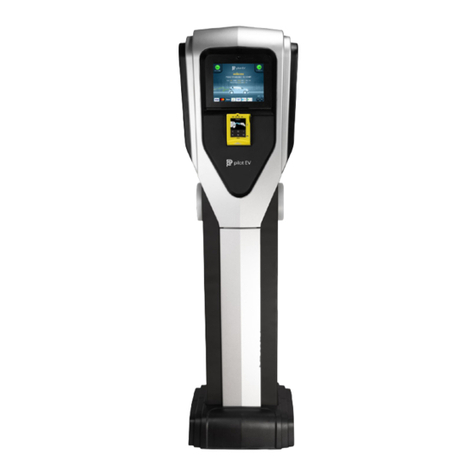
17/01/2020 / DC1 / Version2
Make sure to always follow your local electrical regulations.
The Pilot EV Lite installation should only be carried out by a certied installer.
The below instructions are a guideline and provided for reference only. You are solely
responsible for following all applicable electrical safety procedures, codes, methods,
and materials provided as per the instructions below.
Prior to installation, make sure to disconnect the main circuit breaker (CB).
Carry out a visual inspection to verify that none of the parts are damaged.
Prerequisites
There is risk of re or electric shock. Do not alter, relocate, drill or remove any
component without consulting with the Pilot EV certied team.
Pilot EV is and will not be liable for any modications or results of such modications
done to the product during or after installation.
Installation must be carried out in dry conditions only.
Ensure that all power is turned o using a voltmeter or an equivalent device before
performing any installation.
ATTENTION
!!
WARNING
!!
CAUTION
!!
4 +44 (0) 1606 59 66 22




























